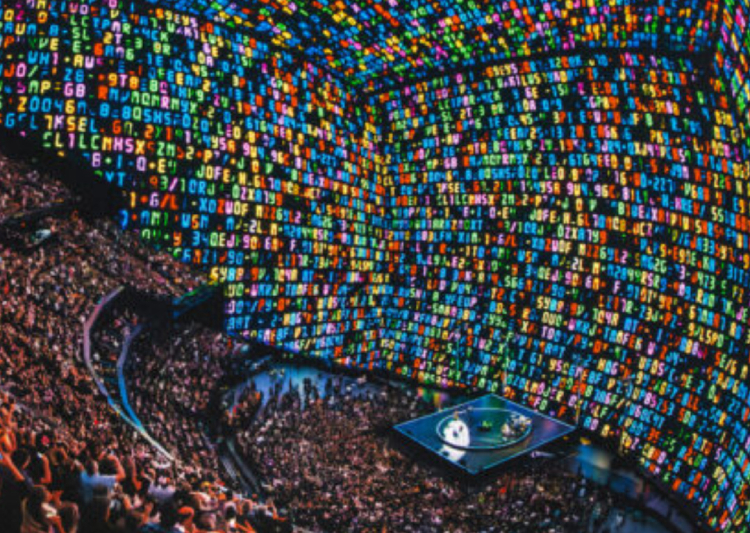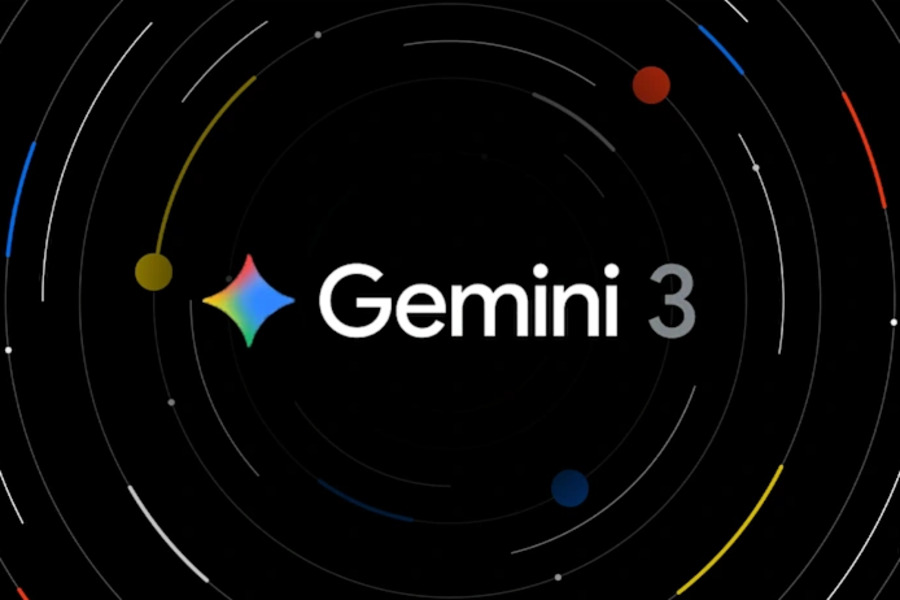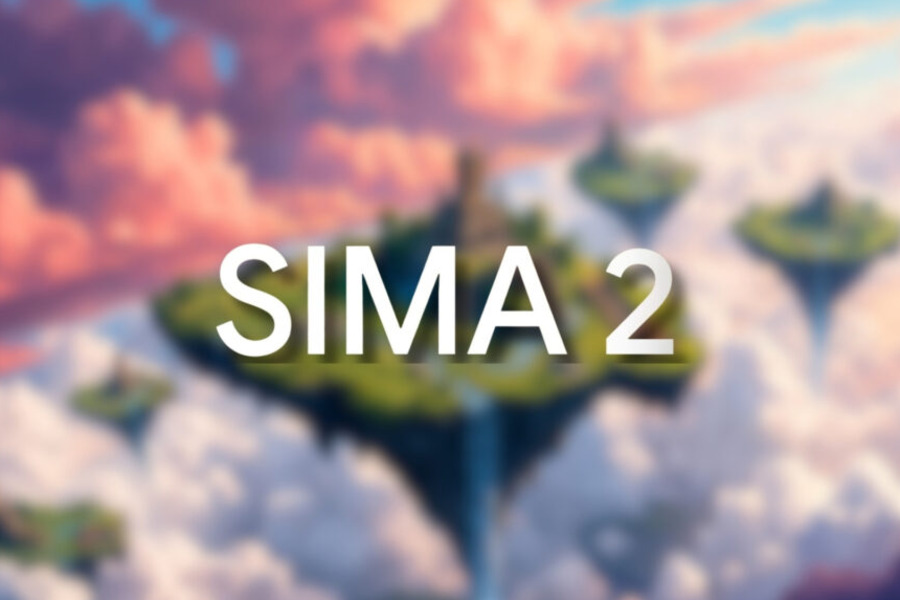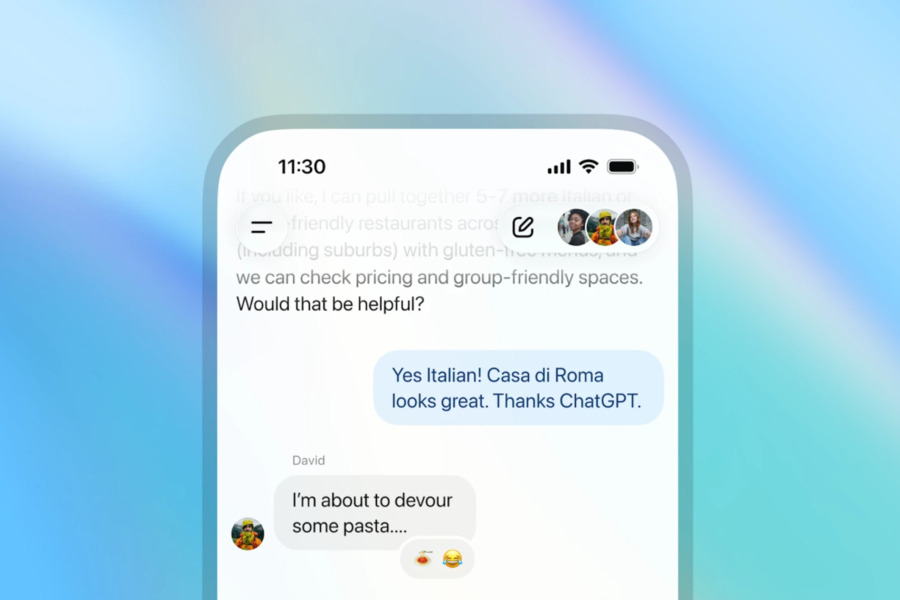Recently, the AI-powered The Wizard of Oz, a collaboration between Sphere, Warner Bros., and Google, premiered, sending shockwaves through the global film industry. This project utilized artificial intelligence to completely digitally remake the 1939 classic, from its visuals to its audio, making it the first “AI film” to achieve large-scale commercial success. It has also ignited a huge debate at the intersection of artistic legacy and technological innovation.
I. The AI-Powered The Wizard of Oz Premieres
Using AI technology to completely remake the 1939 classic film The Wizard of Oz, the movie officially premiered at the Sphere in 2025, amidst both public anticipation and controversy.
The reason the AI-powered The Wizard of Oz has garnered so much attention is the revolutionary viewing experience it offers. The film is projected onto the Sphere’s massive 16K resolution LED screen, which covers 160,000 square feet—far exceeding a standard IMAX theater. In addition, the theater is equipped with 167,000 speakers, which, combined with haptic vibrations, wind effects, and scent simulation, create an unprecedented immersive sensory world for the audience. According to reports, tickets cost over $100, but the audience response has been enthusiastic since its premiere, which shows how popular it is.

II. Points of Controversy Surrounding the AI-Powered The Wizard of Oz
The creation of the AI-powered The Wizard of Oz was not a smooth process, sparking heated debate both inside and outside the industry.
1. “Desecration of a Classic”
Many film buffs and critics believe that classic films are sacred, inviolable works of art. They argue that any alteration to these works, especially using cold AI technology for a remake, violates the spirit of the original and is a “desecration” of cinematic art. A senior critic for Cahiers du Cinéma commented, “The charm of a film lies in its timelessness and its irreplaceability. The AI version of The Wizard of Oz is like coloring an ancient painting with a computer—it has lost its original soul.”
2. “Copyright and Profit”
The original director of The Wizard of Oz, Victor Fleming, is deceased, and the production of the AI version did not involve him or his descendants. This has led some to question whether Warner Bros.’s action is simply a way to “make a quick buck” by using existing IP and technical means without any artistic creation. In their view, this is a commercial act that disrespects the original creator.
3. “Unreleased Experience”
Before the official premiere, only a few clips of the AI-powered The Wizard of Oz were released, and the criticism was overwhelming. However, some people believe that it is unfair to draw conclusions based on just a few minutes of footage without a complete viewing experience. Only by truly sitting inside the Sphere can one fully appreciate the audiovisual shock brought by AI technology.

III. How the AI Film Is Changing Everything
The remake of the AI-powered The Wizard of Oz is not a simple resolution upgrade; its technical depth is far beyond imagination.
1. Visuals
Using AI technology, the team was able to complete the movements of characters that were not in the frame in the original, giving the film a greater sense of space. More importantly, the AI can re-render every frame in 16K resolution, down to the fine textures of the characters’ costumes and every tiny detail of their facial expressions. This level of detail processing exceeds the limits of traditional digital restoration, making the audience feel as if they are in the movie scene.
2. Audio
The film’s sound system has been re-mixed and spatially positioned by AI. The 167,000 speakers work together to accurately project sound to any location around the audience, achieving true “spatial audio,” making Dorothy’s singing and the Tin Man’s footsteps feel like they are right next to you.
3. Interaction
Unlike traditional films, the visuals of the AI-powered The Wizard of Oz are not fixed on a single screen. Inside the spherical theater, the visuals can dynamically move across the entire inner surface, creating an immersive experience similar to a live performance. In addition, thanks to AI technology, the film’s content can be “subsequently updated” like software, which means that future versions may add new interactive elements or even be adjusted based on audience feedback.
IV. Will AI Technology Take Hollywood’s Jobs?
The success of the AI-powered The Wizard of Oz has filled Hollywood insiders with both anticipation and concern about the future of AI technology.
1. Proponents’ View
Proponents believe that AI technology will not completely replace humans. On the contrary, it will create new jobs, such as immersive experience designers and AI trainers. They believe that the emergence of AI films will boost theater attendance, attract more young people to the cinema, and thus benefit the entire traditional film industry. Amy Perone, a film visual effects director and renowned artist, said in an interview, “The new experience brought by AI can make audiences fall in love with movie theaters again. This is more like a live show than a traditional movie. It won’t replace us, but rather provide us with new tools.”
2. Opponents’ View
Opponents, on the other hand, worry that because AI production is low-cost, capital may be more inclined to use AI, leading to a reduction in traditional film production jobs. They believe that when AI can arbitrarily rewrite and remake classics, the value of original content may be marginalized.
V. Conclusion
The AI-powered The Wizard of Oz has brought an 85-year-old film into the cinema of the future. It is not only a bold technical experiment, but also a preview of the future of film. This head-on collision between AI and a classic, regardless of the outcome, has already written a new chapter in the history of cinema. It raises an important question: In a future increasingly permeated by AI technology, where are the boundaries of cinematic art? Do we embrace technological innovation or stick to tradition?



